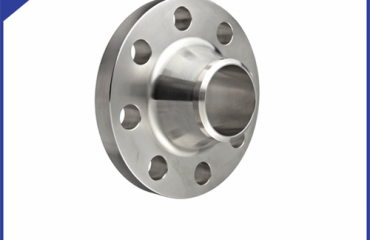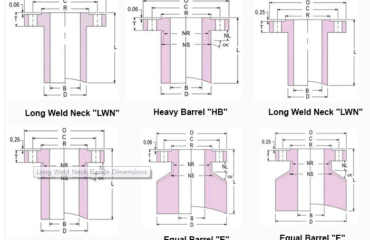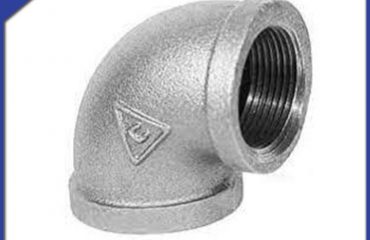(1) Stainless steel flange materials with low hardness and good resistance, such as low carbon steel, aluminum alloy and other materials, have low hardness and good resistance. It is difficult to break chips during cutting, and it is easy to generate chip accretion, which affects the surface quality. Therefore, the stainless steel flange material is often processed with large front angle, high-speed cutting or large front angle, low speed and cutting fluid. The chip breaking groove can be grinded on the cutting tool and the grinding quality of the cutting edge and the cutting surface can be advanced. In addition, for low-carbon steel, stop normalizing to refine grains; for aluminum alloy, use cold deformation to advance the hardness of materials and improve the machinability of such materials.
(2) Stainless steel flange materials with high hardness and poor resistance, such as high carbon steel, carbon tool steel and cast iron, have high hardness and poor resistance, high cutting force, high power consumption and easy tool wear. Therefore, YG, YT and YW cemented carbide blades with high wear resistance are often used for machining such materials, with small front angle and main deflection angle and low cutting speed. In addition, the high temperature annealing treatment can be stopped for gray cast iron with “white” cast iron, and annealing treatment can be selected for hard malleable cast iron, high carbon steel and carbon tool steel to reduce hardness and improve machinability.
There are many kinds and standards of stainless steel flange. In order to distinguish, use and manage easily, it is necessary to classify the machine tools. The stainless steel flange is mainly classified according to the processing properties and the tool suspension used. At present, China divides machine tools into 12 categories: lathe, drilling machine, boring machine, grinder, gear processing machine, thread processing machine, milling machine, cutting and inserting machine, broaching machine, ultrasonic machining machine, cutting machine and other machine tools. In addition to the above sub classification, there are other classification methods. According to the level of generality, the machine tool can be divided into: (1) the universal stainless steel flange can process different processes of various parts, and the processing scale is wide. For example, horizontal lathe, horizontal milling and boring machine, universal lifting table milling machine, etc., all belong to general machine tools. General machine tools are often in disorder because of their good generality. General machine tools are mainly suitable for single piece and small batch consumption.
(3)This kind of machine is especially used to process one or several kinds of parts with different scales. For example, fine lead screw lathe, camshaft lathe, crankshaft and connecting rod journal lathe all belong to special machine tools.
(4) Special purpose machine tools are used to process a certain (or several) parts of a specific process. For example, the special boring machine for manufacturing machine tool headstock, the special gantry grinder for manufacturing lathe bed guide rail, etc. are all special machine tools. Special machine tools are specially planned and manufactured according to specific process requirements. Its consumption rate is relatively high, and its automation level is often relatively high. Modular machine tool is also a special machine tool in essence.
 Language
Language Espanol
Espanol English
English Italian
Italian عربى
عربى
 Skype: chinamaker99
Skype: chinamaker99  Tel: 86-316-5120812
Tel: 86-316-5120812 Email:
Email:  Whatsapp:
Whatsapp: 

